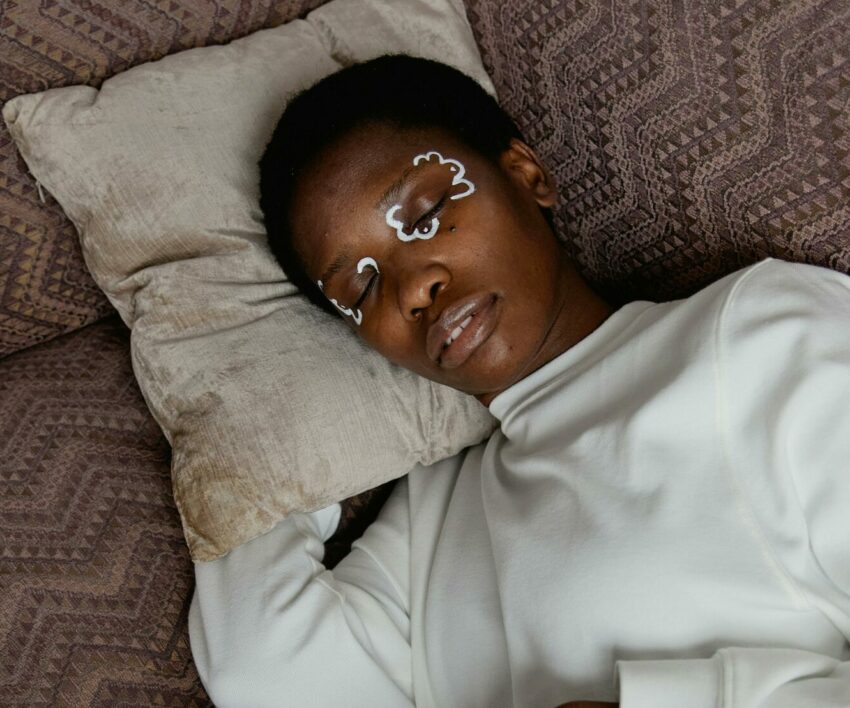
I’m pretty sure nobody would want to admit to drooling in their sleep because it is both embarrassing and gross, but hey! it happens to the best of us and it is important to know why it happens.
The Sleep Foundation states that drooling during sleep is normal due to varying saliva production, which helps keep the mouth and throat lubricated. However, continued production can lead to drooling, potentially bad breath, and dehydration.
Several health publications detail the common reasons why people salivate while asleep.
The above-mentioned foundation explains that your sleep position can affect drooling during slumber, stating that people who sleep lying on their side and stomach are more likely to have excess saliva in their mouth and may be more likely to drool. “When a sleeper lies on their back, gravity generally causes any excess saliva they produce to stay in their mouth or travel to their throat. On the side and stomach sleepers, on the other hand, gravity is more likely to pull saliva down toward the pillow, resulting in drooling.”
Nasal congestion, caused by colds or allergies, can cause the mouth to open during sleep, leading to drooling on the pillow, states Very Well Health. The publication further mentions that, “A deviated nasal septum can also be to blame. Inside your nose, a thin wall called a septum separates the two sides. If you’re born with an off-centre or uneven septum, the airflow on the narrower side could be partly blocked. This may cause you to snore through your mouth, which can lead to drooling when you sleep.”
The Vinmec International Hospital believes that drooling while sleeping is a natural physiological response to external stimuli, such as food, colour, taste, and time of eating. However, it is said to also be triggered by neuropsychological problems, stress, sleep disorders, and eating habits.
The above source adds that increased salivation can be caused by regularly eating spicy foods or excessive eating at night, as well as dental problems, digestive disorders, and endocrine system disorders.




